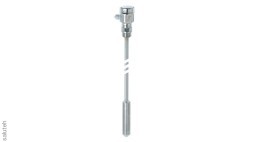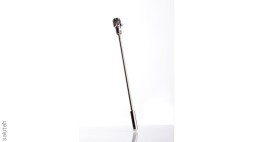Hydrostatic pressure sensors
Hydrostatic pressure sensors allow you to take pressure readings of liquid under pressure in reservoirs and containers (pressure-free tanks, tanks, reservoirs, wells, wells, KNS).
The principle of operation of the hydrostatic pressure sensor
Structurally, the hydrostatic pressure converter consists of two blocks — an immersion primary measuring and a secondary electronic one.
The primary measuring submersible unit of the hydrostatic sensor is hung on a special carrier sealed compensation cable with a built—in air capillary (for transmitting the basic atmospheric pressure to the sensor), attached to any auxiliary rods, cables or laid on the bottom of the container. At the other end, the capillary cable ends with a flange or fitting for attaching the secondary electronic unit of the converter, usually with a metal body and a sealed connector.
A column of liquid from the reservoir presses on the sensor membrane on one side, and atmospheric pressure on the other. In sensors from Endress Hauser For example, there is a ceramic sensor. In it, the working pressure of the chamber presses on the ceramic membrane and causes its deformation.
Hydrostatic pressure sensors are resistant to various media and chemical influences, reliable to mechanical influences and well protected from condensation.




